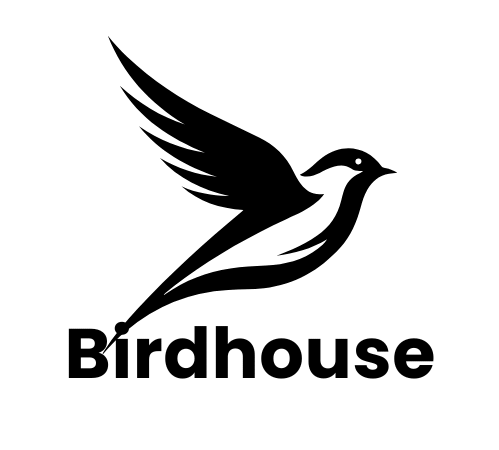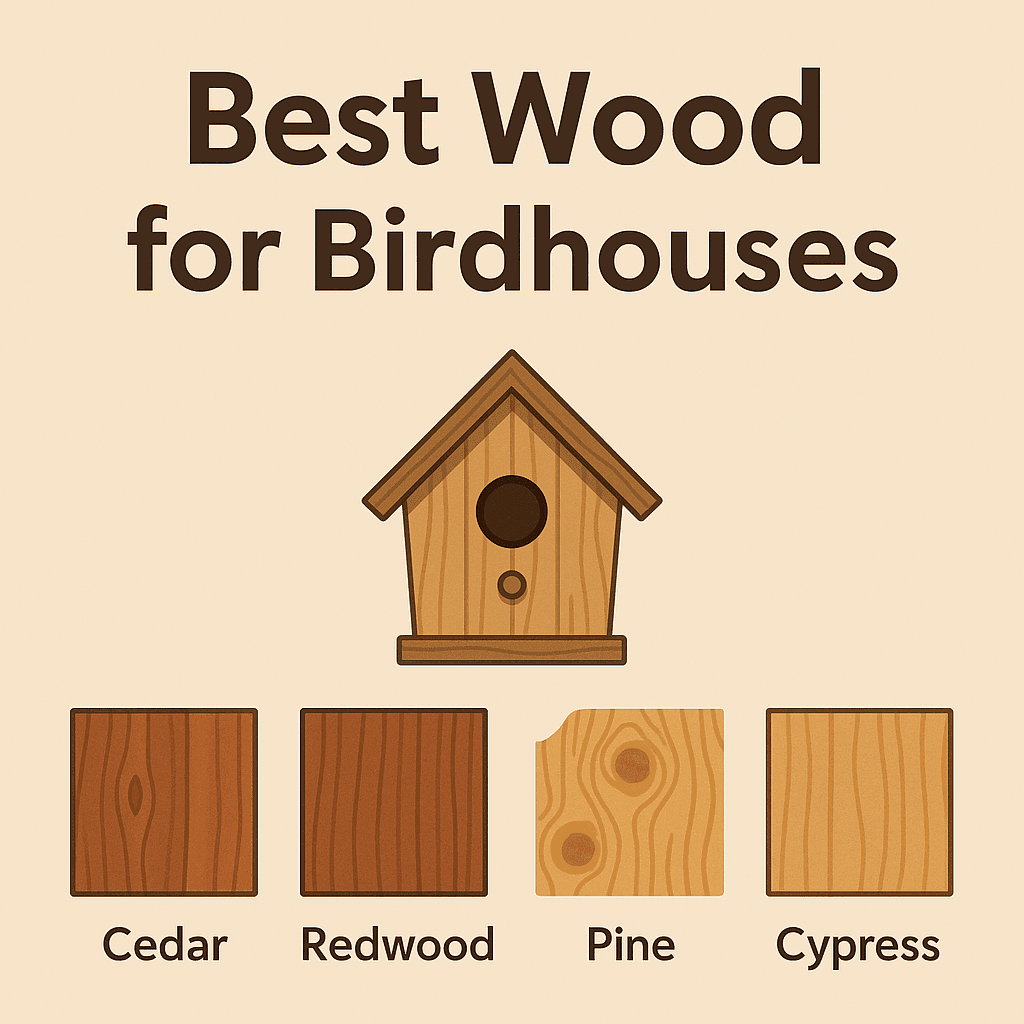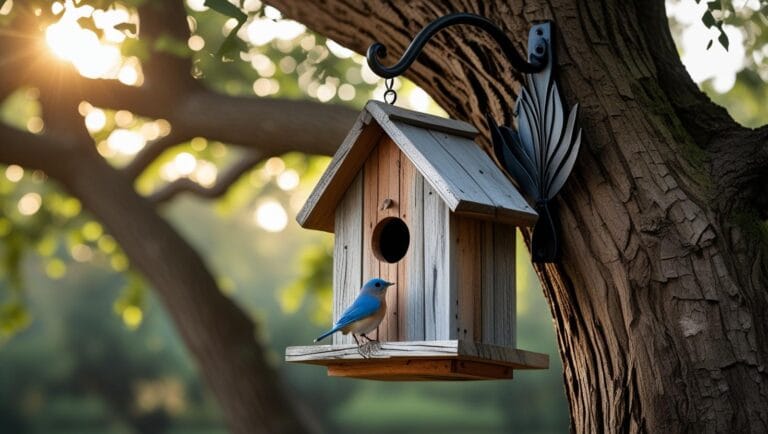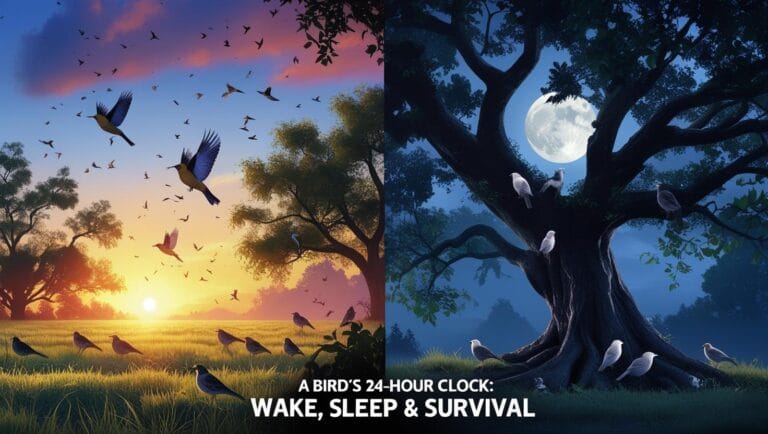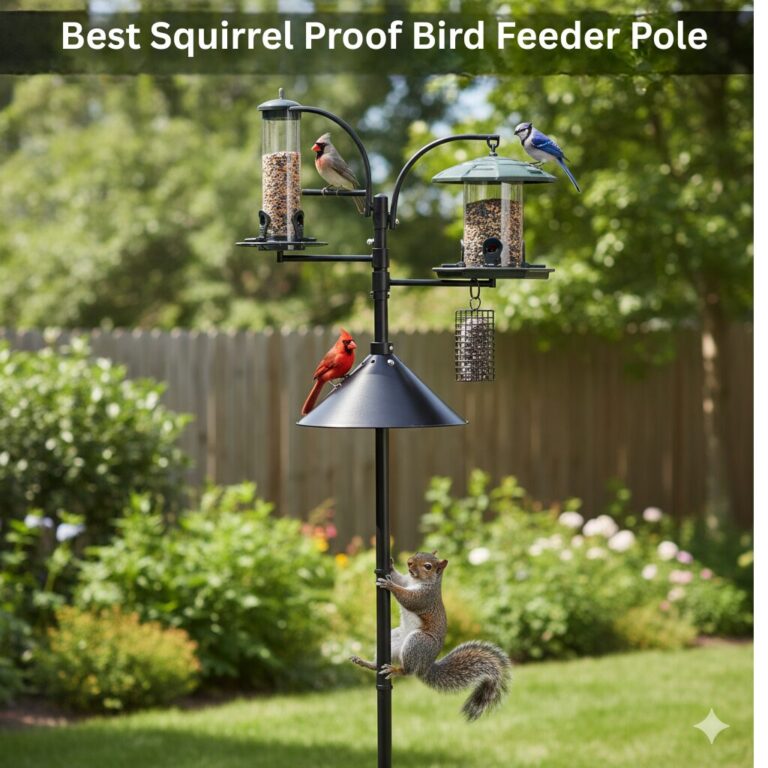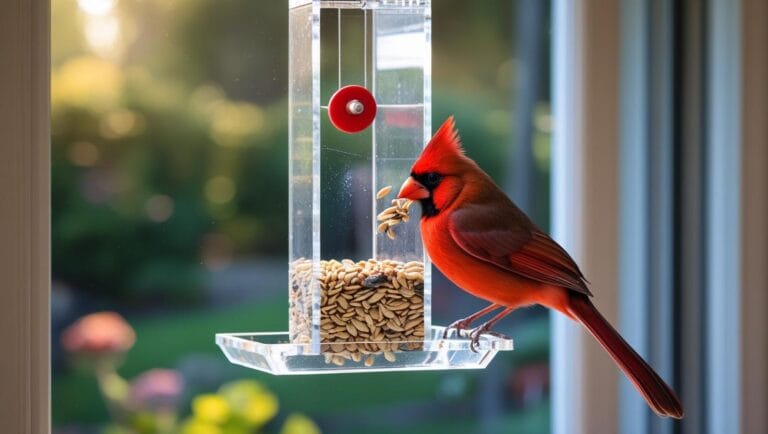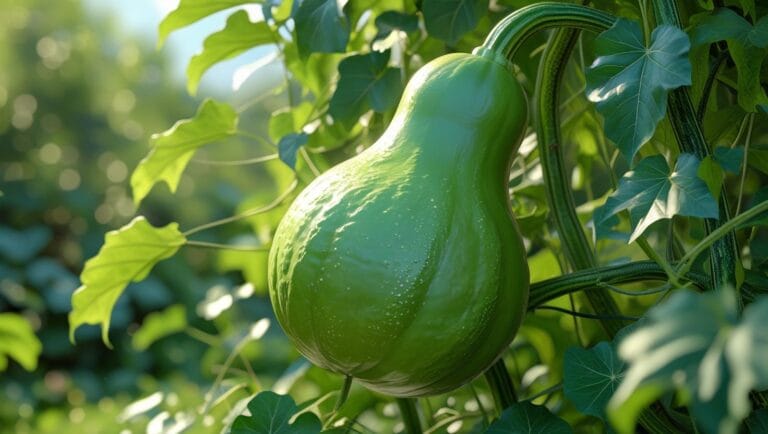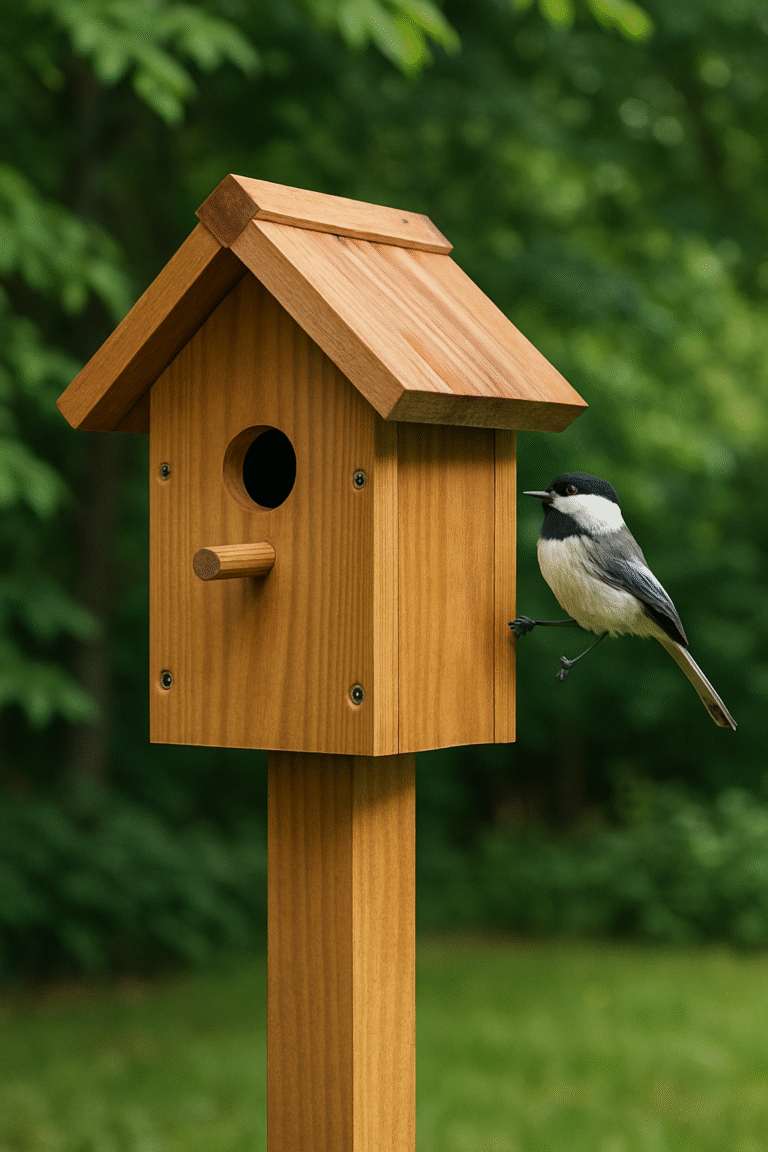Choosing the best wood for birdhouse is one of the most important decisions you’ll make when setting up a safe and comfortable nesting space. Wood may seem simple, but the type you use can determine how long the birdhouse lasts, how well it insulates, how resistant it is to predators, and how attractive it is to the birds you hope to invite.
Many beginners focus on birdhouse shape or color, but experienced birders know that everything starts with the right wood. In this guide, you’ll learn which woods offer the longest durability, which are safest for birds, what to avoid, and how to choose the best material depending on your climate, budget, and goals. You’ll also find recommended products to help you get started quickly.
Best Wood for Birdhouses 2026 Guide
1- Cedar: The Top Choice for Most Birdhouses
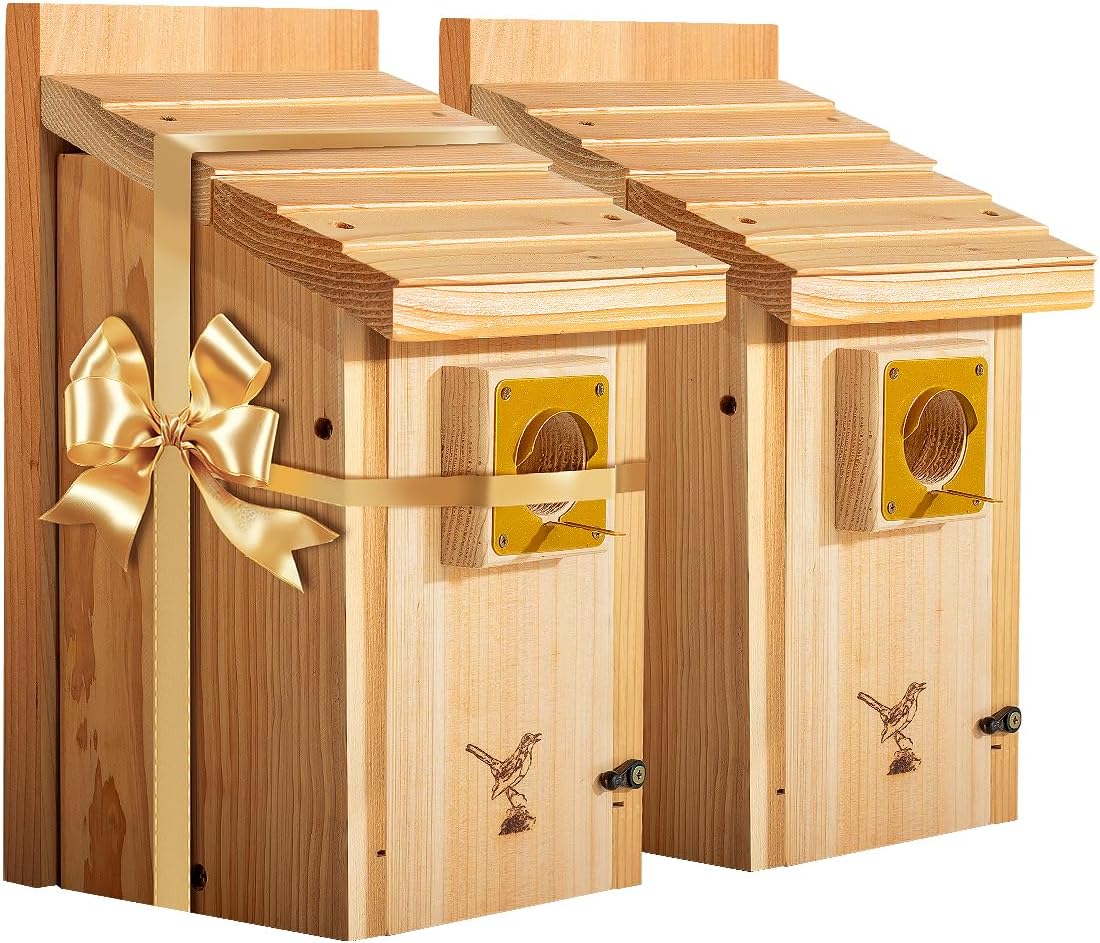
Cedar is widely considered the gold standard for birdhouses, especially for outdoor use in changing climates. It contains natural oils that resist rot, insects, and moisture, ensuring that the structure stays durable for many seasons. Cedar also ages beautifully, turning a natural silver-gray that blends perfectly with outdoor landscapes.
Its insulation properties are ideal for keeping the interior warm without trapping heat during summer months. Although cedar is more expensive than softwoods, its longevity makes it the best long-term investment for serious birders.
Recommended Products
- Bluebird Bird Houses for Outside Clearance Alaskan Red Cedar
- Wild Wings WWGH3-DECO Galvanized Weathered Cedar Bluebird House
2- Pine: Affordable and Beginner-Friendly
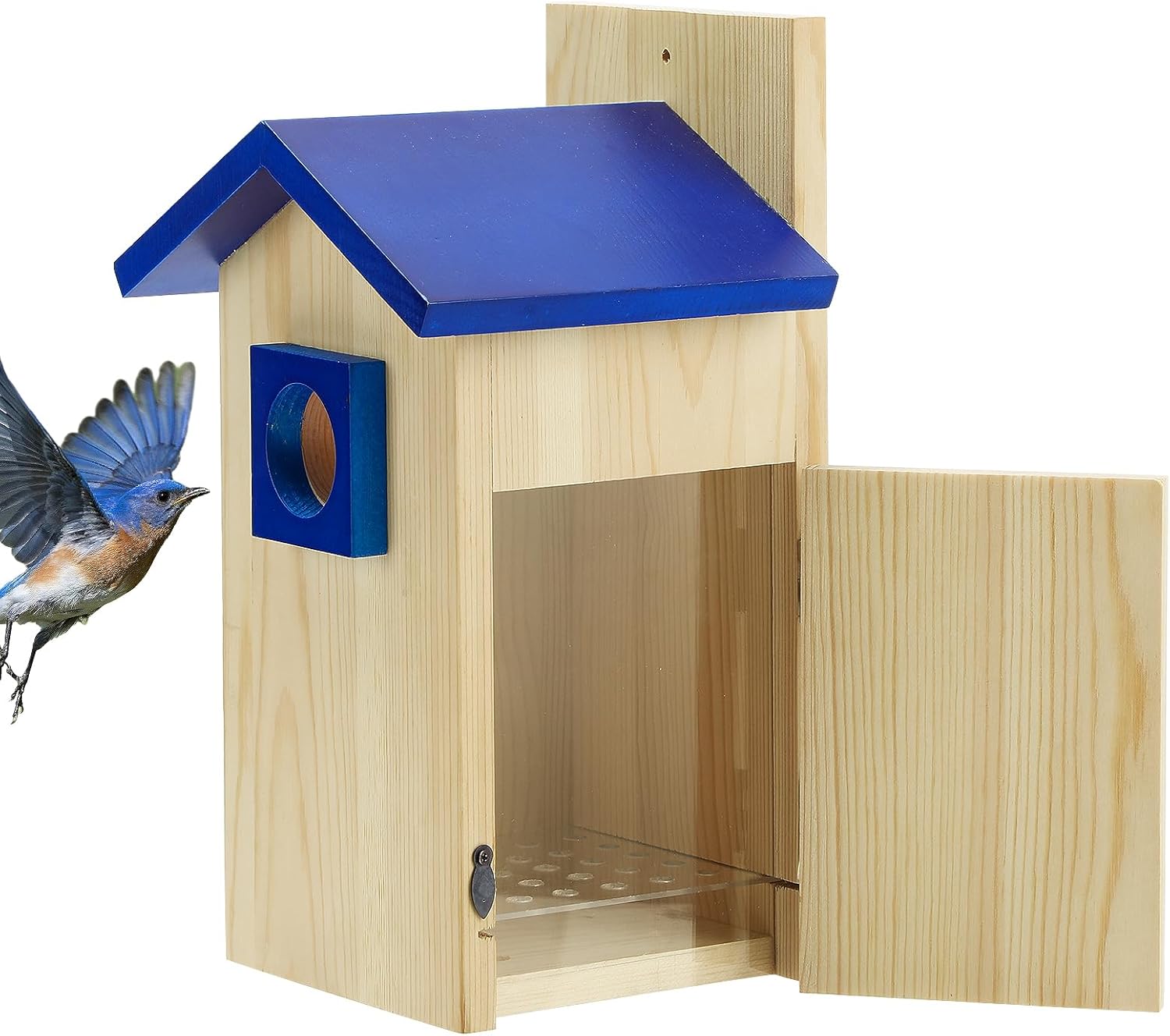
Pine is a popular option for beginners because it’s affordable, easy to work with, and widely available. It’s lighter than cedar and cuts smoothly, making it ideal for DIY hobbyists. While pine does not offer the same level of natural rot resistance as cedar, a thicker board and proper drainage can significantly extend its lifespan.
Pine tends to weather more quickly, so it’s best for mild climates with minimal humidity. Proper ventilation and sheltered placement can help pine birdhouses last multiple seasons.
Recommended Products
- Natural Pine Birdhouses for Outdoors with Bark Roof
- Pine Wood, Hanging Wooden Bird Houses for Chickadees
3- Cypress: Durable, Weather-Resistant, and Beautiful
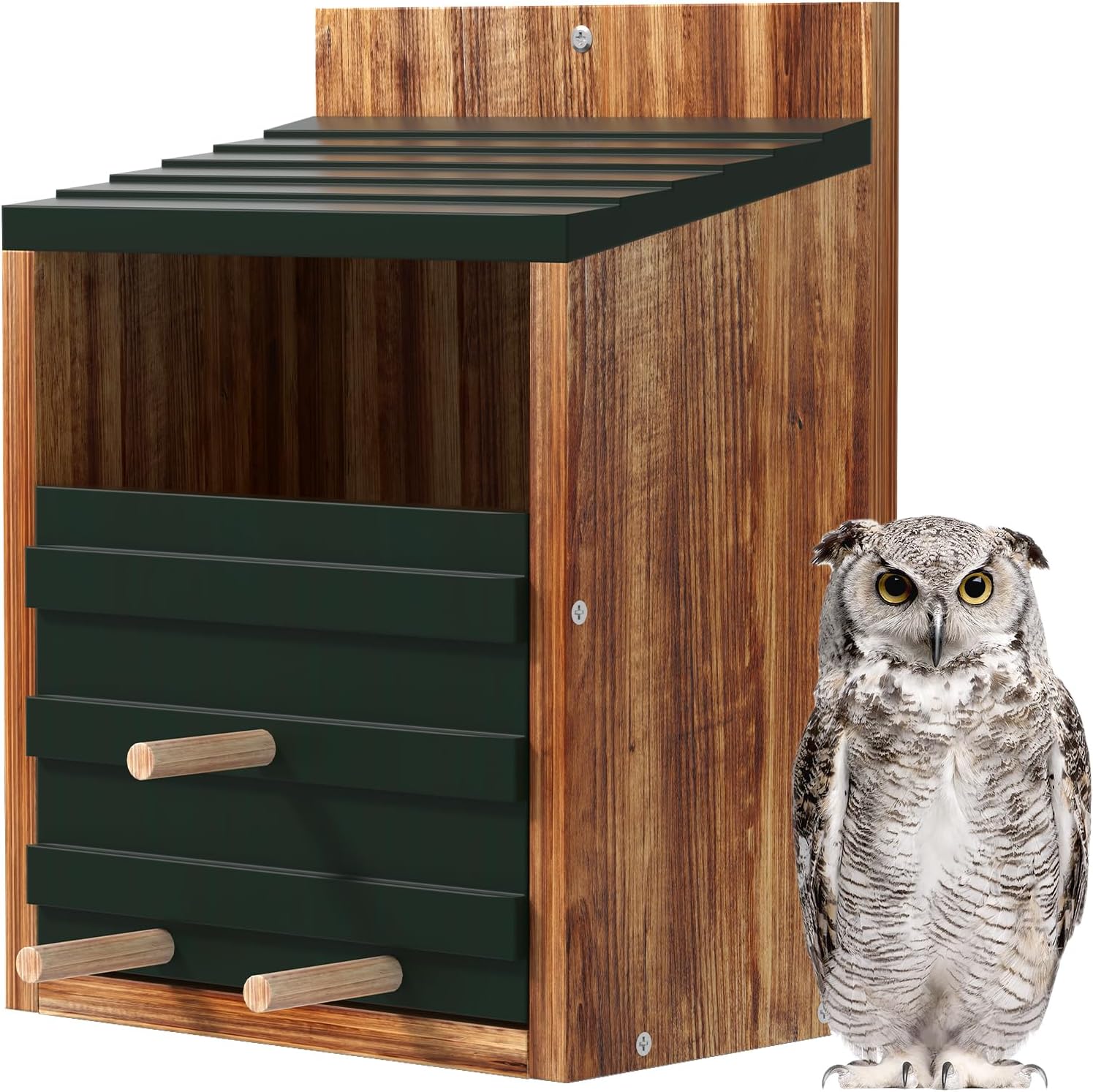
Cypress is an excellent alternative to cedar because it has similar natural preservatives that protect against decay and insects. It’s dense and strong but easy enough to shape for DIY builds. Cypress performs extremely well in hot, humid, or wet climates where other woods may rot.
Because cypress is somewhat heavier than cedar or pine, it creates a stable birdhouse that resists wind and predator movement. Its lovely grain patterns also make it one of the most attractive woods for decorative outdoor birdhouses.
For extra protection against predators, consider reading The 5 Best Birdhouse Entry Protectors of 2026 to keep nesting birds safe and secure.
Recommended Products
4- Redwood: Premium and Naturally Rot-Resistant
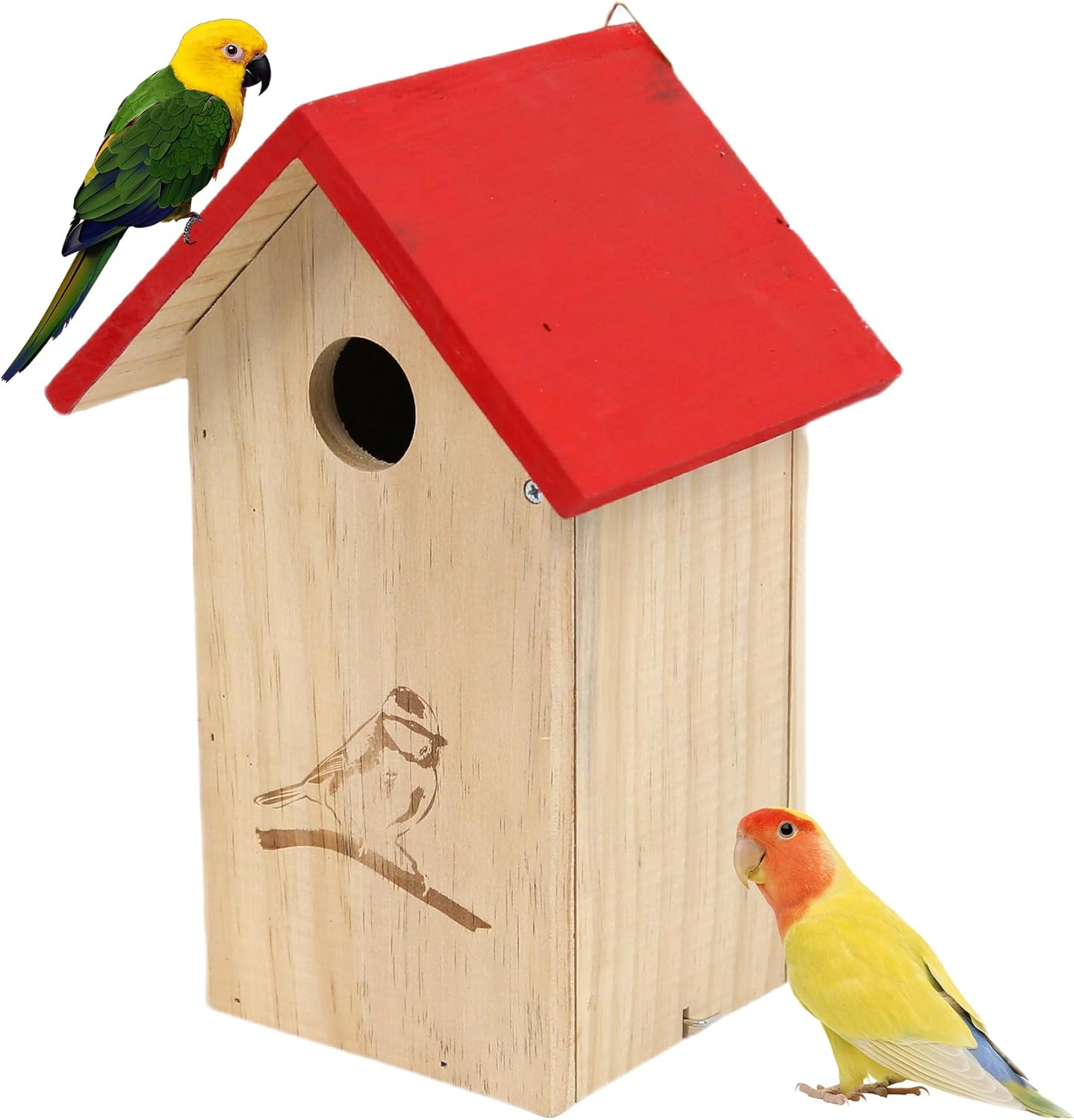
Redwood is a premium material known for its rich color, strength, and natural resistance to decay. It performs well outdoors even in harsh weather, and it has excellent insulation that keeps nests comfortable year-round. Redwood birdhouses tend to last for many years without major signs of wear.
Because redwood is typically more expensive and not available in all regions, it is often used by hobbyists who want aesthetically pleasing, long-term birdhouse installations.
Recommended Products
5- Spruce & Fir: Budget-Friendly but Shorter Lifespan

Spruce and fir are both affordable softwoods commonly found in hardware stores. They can be used for birdhouses, but they are less durable compared to cedar, cypress, or redwood. They require thicker boards to prevent cracking and additional weather protection such as overhangs or sheltered placement.
These woods are excellent for temporary or seasonal birdhouses, beginner projects, or indoor/outdoor decorative houses. If used outdoors for long-term nesting, they should be checked regularly for early signs of rot.
Why Wood Type Matters for Birdhouses
Wood isn’t just the structure, it directly impacts temperature regulation, moisture control, and longevity. The right wood will help keep baby birds warm in early spring, protect them from cold drafts, and prevent the buildup of mold or rot that could compromise nesting success.
Birds are sensitive creatures and prefer natural materials that mimic tree cavities. This is why plastic or metal birdhouses often fail; they trap heat, create condensation, and do not offer the stability or breathability that wood provides. Good wood breathes, insulates, and ages naturally, creating a comfortable and authentic nesting experience.
Characteristics of the Best Birdhouse Wood
The best birdhouse wood typically shares several key qualities. It’s durable, resistant to decay, breathable, safe for birds, and thick enough to provide insulation. Wood that contains natural oils or resins is especially desirable because it naturally repels moisture and helps prevent mold growth.
Another important factor is weight. Sturdy wood prevents predators from knocking the birdhouse loose, while lightweight softwoods may require additional support. Finally, untreated wood is a must, as chemicals from treated lumber can be harmful to birds. Natural, unfinished wood ages beautifully outdoors and creates a safe environment for nesting.
Woods to Avoid for Birdhouses
Some woods are simply not safe or practical for birdhouses. Treated lumber contains chemicals that can be harmful to birds, particularly chicks. Plywood and particleboard may warp or release glue fumes when exposed to heat. Hardwoods like oak or maple are extremely heavy and may cause the birdhouse to pull away from its mount.
Avoid woods that contain artificial resins, laminates, or composite layers. Birds require natural materials that breathe well and remain stable during temperature swings.
Choosing the Best Wood Thickness
In most climates, the ideal board thickness for birdhouses is ¾ inch (roughly 1.9 cm). This thickness provides insulation, prevents cracking, and helps regulate the internal temperature. Boards thinner than ½ inch may warp or cause rapid heat buildup, while overly thick boards add unnecessary weight without additional benefits.
If your region experiences very cold winters, consider slightly thicker boards to help retain warmth.
Pros and Cons of the Most Popular Birdhouse Woods
Cedar
Pros: Exceptional durability, naturally rot-resistant, beautiful aging, great insulation
Cons: Higher cost, slightly harder to shape for beginners
Pine
Pros: Affordable, easy to cut and assemble, lightweight
Cons: Less weather-resistant, may require replacement after a few seasons
Cypress
Pros: Excellent decay resistance, strong, ideal for humid climates
Cons: Heavier and sometimes harder to source
Redwood
Pros: Long-lasting, attractive color and grain, naturally weather-resistant
Cons: Premium cost
Spruce/Fir
Pros: Budget-friendly, widely available
Cons: Shorter lifespan, vulnerable to moisture
How Climate Influences Your Wood Choice
Your climate should strongly influence the wood you choose for your birdhouse. In wet or highly humid areas, woods like cedar or cypress perform best. In extremely cold climates, choose woods with good insulation, such as redwood or thicker pine boards. Hot, dry areas benefit from lightweight woods that reflect heat well without cracking.
Windy regions require heavier, sturdier wood to prevent the birdhouse from swaying or detaching. Always match your wood selection to the environmental challenges your birdhouse will face.
Tips for Building with Birdhouse Wood
Quality construction matters just as much as the material. Smooth-cut boards reduce the risk of splinters inside the birdhouse, while pre-drilled holes prevent cracking during assembly. If you’re using a softwood like pine, avoid thin nails or screws that may pull out over time; opt for sturdy outdoor screws.
Never seal or paint the interior of a birdhouse. The inside must remain breathable and natural. If you’d like to weatherproof the exterior, use only bird-safe, water-based finishes and avoid painting bright colors, as these may attract predators. Natural wood tones help the house blend into the environment.
Birdhouse Safety and Ventilation
Once you’ve chosen your wood, proper ventilation is essential. Wood breathes naturally, but the birdhouse also needs small ventilation holes near the roof to prevent heat buildup. Drainage holes in the floor help reduce moisture. A sloped roof and overhang protect the entry hole and prevent water from entering.
Smooth the inside walls using sandpaper, but allow enough texture for fledglings to grip when climbing. The right wood paired with the right internal structure creates a safe, natural nesting place.
FAQs About the Best Wood for Birdhouses
Is cedar or pine better for birdhouses?
Cedar is generally the better choice due to its natural resistance to rot and insects. Pine is good for beginners but does not last as long outdoors.
Can I use treated lumber?
No. Treated lumber contains chemicals that can harm birds, especially young chicks.
Is plywood safe?
Not recommended. Plywood can warp and its adhesives release fumes when heated by the sun.
What is the best board thickness?
¾ inch is ideal for insulation and structural stability.
Can I paint the birdhouse?
You can paint the exterior lightly with bird-safe paint, but never paint the interior.
Final Thoughts
The best birdhouse starts with the right wood. Cedar, cypress, redwood, and quality pine remain the top choices for durability, safety, and comfort.
Understanding your climate, choosing proper board thickness, and constructing the house carefully ensure that your feathered visitors stay safe and have a comfortable nesting space season after season.
Building with quality materials not only enhances the birdhouse’s lifespan but also increases the likelihood that your backyard will become a thriving haven for local bird species.
If you’re ready to start building or buying, explore the recommended wood boards and kits listed above and pair your project with proper mounting poles, predator guards, and entry hole protectors for a complete setup.
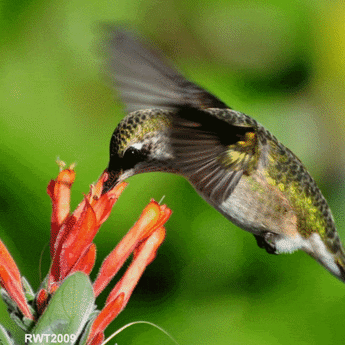
Sanom is a lifelong nature enthusiast and passionate backyard birder who has spent years observing bird behavior and building DIY birdhouses. With a deep curiosity for species like chickadees, wrens, and woodpeckers, he shares practical tips and heartfelt stories to help others attract, shelter, and appreciate the wild birds around them. Whether you’re crafting your first birdhouse or simply enjoying morning songbirds, Iftekhar’s guides on BirdHouseTales.com are designed to bring you closer to the magic of birdwatching.
